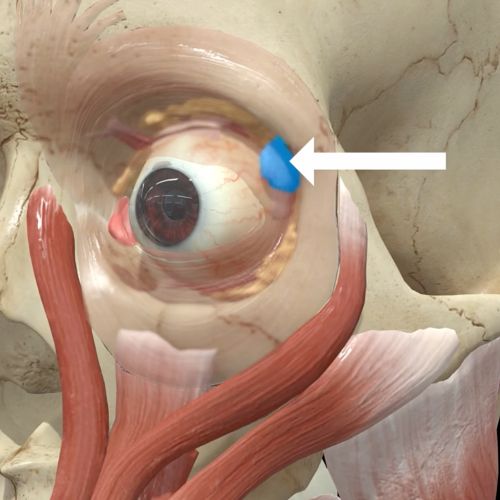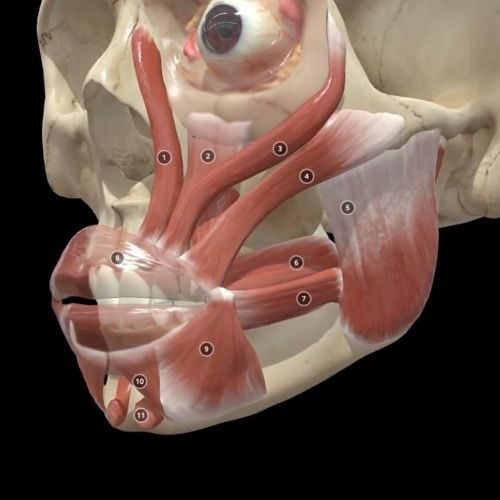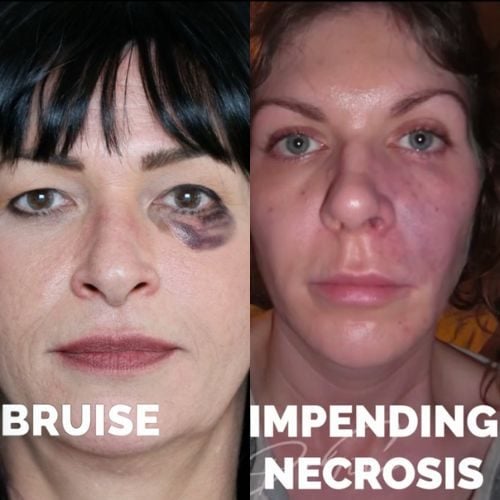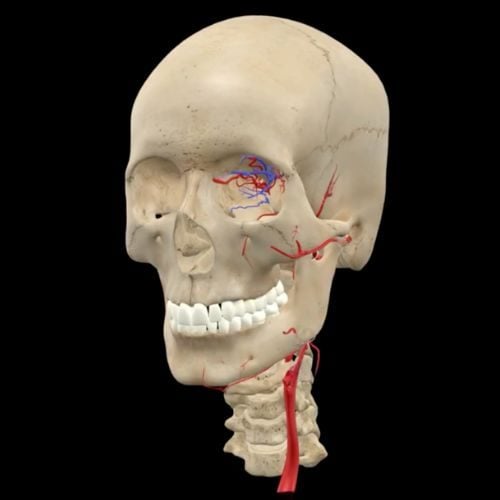- Mail us: support@drtimpearce.com
Complications management: diagnosing lumps in lips after filler
You may be interested
 Dr Tim Pearce
Dr Tim Pearce

As an aesthetic clinician, you will have done your training in injecting lips with dermal filler, including learning how to avoid causing lumps in lips, but we need to accept that lumps do happen – it is the nature of the speciality and unpredictable things can happen – so it is important that you also learn all you need to know to effectively manage this complication.
In this blog, Dr Tim Pearce will share some expert tips on the many versions of the lip tenting technique, including variations on needle entry and filler deposition as a bolus, linear thread or a combination. He will analysis how the technique works – looking at the interaction between the anatomy and the technique and uncover how you can get the best result possible with minimal amounts of trauma.
Shh…Dr Tim will soon be revealing a very exciting new ‘ultimate’ lip course that will cover EVERYTHING you need to know about injecting the lips. Sign up >> to be the first to know when it goes live!
How to build a story so you can diagnose lumps in lips
The core to any diagnostic process is gathering the data in a systematic manner.
With a patient who presents to you with a lump in their lip, you will need to establish when they had the procedure, their medical history, and what else has occurred. This will help you to assemble a ‘story’ that will detail exactly what has happened to the patient, in chronological order, that as culminated in their presentation with a complication. You need to consider secondary factors related to the individual patient too, and not just their immediate presentation.
What are secondary factors?
It is tempting to jump straight into considering a patient’s symptoms, but it is difficult to correctly evaluate these without knowing about the patient’s background; this includes their age, sex, medical status (including known medical conditions, medication, or allergies), their mental health and psychological status. All these can play a role in interpreting the declared symptoms and signs that you see on physical examination, so it is vital that you gather this part of the story to create your ‘bigger picture’ of the case.
What happened during the lip filler procedure?
 Next, we need to consider the original procedure – the lip filler treatment – so we can add that chunk of data to the ‘story’.
Next, we need to consider the original procedure – the lip filler treatment – so we can add that chunk of data to the ‘story’.
You should confirm when the procedure was performed (especially, if are not familiar with the patient and have no direct records) – this is crucial as potential complications will be considerably different if the procedure was performed yesterday, as compared to several years ago.
Understanding and obtaining the specifics of the procedure is also vital.
- What was injected – product, derivative and composition?
- How much was injected – in mls?
- Where was it injected – which areas of the lips – top, bottom, vermillion border etc.?
- How was it injected – using a needle or cannula?
All this data will give you a better picture of what the patient has been through and how they came to present with a lump, so you correlate the two.
What are the symptoms and signs of the complication?
You have now built a picture of the patient and the procedure, and can move on to analysing the symptoms and signs of the complication to further construct your story towards diagnosis.
When interrogating the patient about their symptoms, the focus should be on chronology, the symptoms, and their order of occurrence – find out the primary symptom and when it first occurred. Remember there is a difference if the patient reports a primary symptom of a lump, as compared to a primary symptom of pain; this will immediately change your differential diagnosis.
Once you have established their primary symptom, explore what happened before, during, and possibly after the symptom occurred. You must establish the timeline between the original procedure and the appearance of the lump in the lips.
Next, you can move on to find out more about the lump itself.
- Has it changed since they first became aware of it?
- Has it softened or hardened?
- Is it getting better or worse?
- Ask about sensation changes (e.g., temperature, inflammation/swelling, pain, itching), any aggravating or relieving factors.
Building the timeline and progression of the lump and how it felt for the patient will help you to diagnose the problem – from haematoma to granuloma.
Over time, as an aesthetic clinician, you will start to recognise these ‘stories’, the patterns presented in the tale and timeline, so will be able to diagnose a complication more easily.
Finally, you must consider the signs of the complication, this is performed using a visual and physical examination. Start by looking at the patient to determine the location of the lump, and correlate that with the mental picture you already have of how the procedure was performed.
Consider if the lump is visible at rest or on animation of the mouth, or both, if is it associated with redness, pallor, discolouration, yellowness, or bruising, whether there are any blisters or oozing. You may find that you can see things that the patient may not have verbally reported, which are vital pieces of the puzzle. Be sure to also look both outside and inside the mouth.
After a visual examination, the next step is to feel the area, to palpate the lump. While you are establishing the texture of the lump – soft, firm, variable, fluctuant (with fluid inside), diffuse or well demarcated – you must watch for the reaction of your patient and ask them for feedback in terms of tenderness and pain, or indeed no pain at all. Checking capillary refill to determine good blood flow to the lips is also good practice.
Completing the story and diagnosing the lump in the lips
If you can assemble all the parts of the story for the person presenting in front of you – the patient, the procedure, and the presentation of the complication (symptoms and signs) – then the diagnosis is often the easy part.
If you find yourself in a panic, feeling out of your depth – as we often see with cases reported on online forums asking for help – then you are probably missing some parts of the picture that you need to assemble the story. Revisit your process and you will complete the story.
We will be reviewing the common types and causes of lumps in lips in a future blog. Learn more on how to diagnose, manage and treat lumps in lips.

Lip Filler Treatment & Complications
With all the conflicting advice out there about lip filler treatments – vertical or horizontal? needle or cannula? – it can be difficult to know how to inject to create the lips your patient desires.
If you are suffering from technique overwhelm, worrying about causing a vascular occlusion (VO), or panicking about injecting thin lips, then Dr Tim Pearce’s brand-new ultimate lip course is going to teach you the different techniques, anatomy, and skills you need to create medically beautiful lips.
Dr Tim Pearce eLearning
Dr Tim Pearce MBChB BSc (Hons) MRCGP founded his eLearning concept in 2016 in order to provide readily accessible BOTOX® and dermal filler online courses for fellow Medical Aesthetics practitioners. His objective was to raise standards within the industry – a principle which remains just as relevant today.
Our exclusive video-led courses are designed to build confidence, knowledge and technique at every stage, working from foundation level to advanced treatments and management of complications.
Thousands of delegates have benefited from the courses and we’re highly rated on Trustpilot. For more information or to discuss which course is right for you, please get in touch with our friendly team.
Related Articles
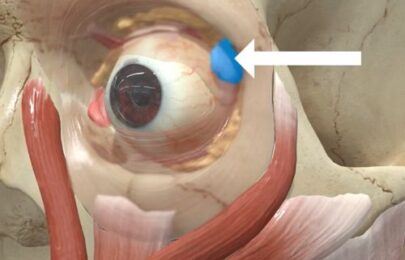 Bestseller
Bestseller
Avoiding Botox Eye Complications From Dry Eye to the ‘Psycho Look’
September 30, 2025
Avoiding Botox Eye Complications From Dry Eye to the ‘Psycho Look’
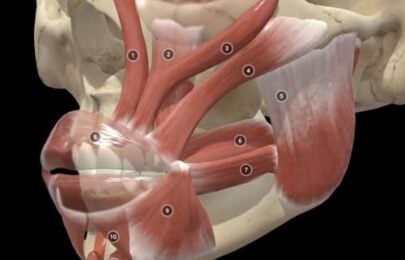 Bestseller
Bestseller
How to Fix a Crooked Smile with Botox
September 25, 2025
How to Fix a Crooked Smile with Botox
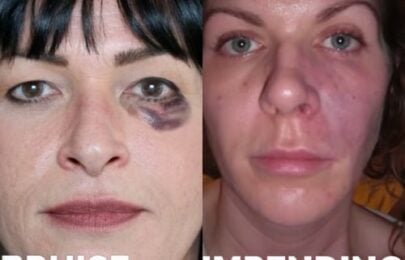 Bestseller
Bestseller
Multiple Causes of Vascular Occlusion and Necrosis
September 23, 2025

